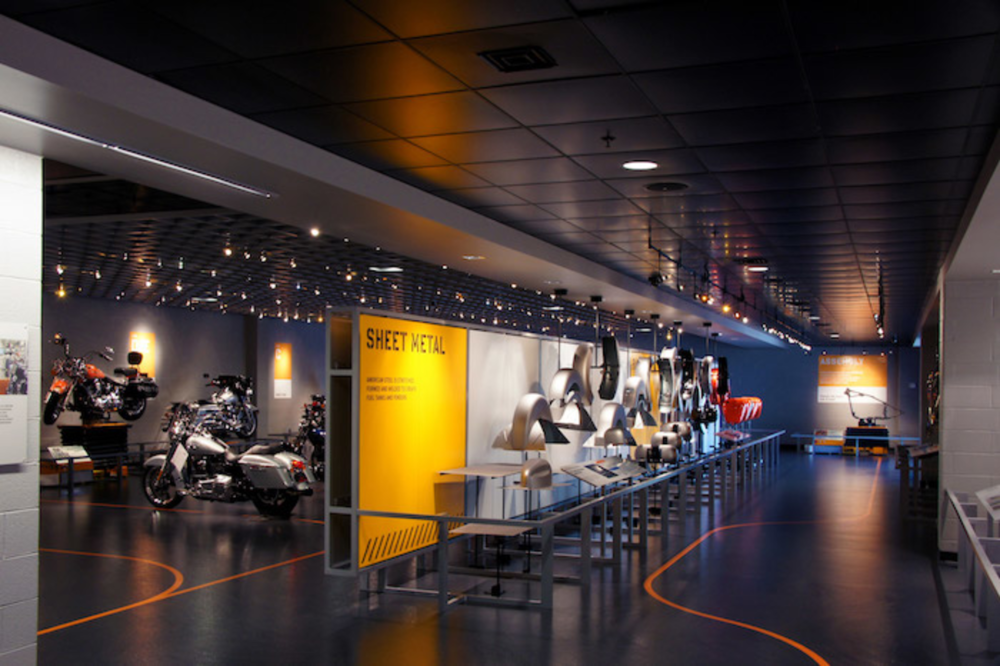Harley-Davidson may be a household name, but not every household wants to buy a motorcycle. Identifying these biker buyers can be challenging—especially in a city like New York where the U.S. Census Bureau estimates the population to be about 8.6 million.
Asaf Jacobi, president of local dealership Harley-Davidson of New York City (NYC), once figured that only 3% of New York’s population is in the market for a Harley-Davidson motorcycle. He needed a way to speak to the various segments within this small group, but leveraging billboards, subway ads, and radio spots in a crowded space wasn’t the answer.
“We used to get maybe—I’m not joking—one to two leads per day in a season,” he says.
He tried bringing in reinforcements with multiple agencies. Still, he knew that his marketing wasn’t as efficient or targeted as it could be, resulting in wasted funds and resources.
So, he turned to a machine to have it perform the tasks human marketers couldn’t fulfill. As a result, Harley-Davidson of NYC implemented Adgorithms’ artificial intelligence (AI) marketing platform Albert in Q1 2016.
Fueling the engine with data
By feeding Albert its customer database, Harley-Davidson of NYC is able to generate lookalike audiences and find people who resemble their current buyers. It’s also able to aggregate behavioral data patterns and compare conversion rates to find new prospects.
In addition, it can send its various segments targeted creative and optimize the ad content and channel spend, accordingly. For instance, through Albert, Harley-Davidson of NYC detected that Facebook ads featuring product views had an 8.5-time higher conversion rate than other Harley-Davidson of NYC ads. The dealership also learned that ads featuring the word “call” performed 447% better than ads featuring the word “buy”—perhaps because customers buying a motorcycle have a longer purchase funnel.
“I was literally able to reach thousands of people,” Jacobi says. “When I’m saying reach, I’m not saying just being in front of their faces. I’m talking about customers coming to us, seeing our ads online either through Google display, social media, whatever channel we might choose Albert for.”
Taking a test drive
To put Albert’s capabilities to the test, Harley-Davidson of NYC ran its first AI campaign at the beginning of this year. The goal was to reduce seasonal overstock by selling 48 bikes in 48 hours—a significant feat considering that the dealership generally sold three to four bikes in a weekend, according to Jacobi, and that it’s all time high was eight.
Harley-Davidson of NYC fed Albert the creative and established the basic campaign parameters, such as budget and program length. Or Shani, CEO and founder of Adgorithms, says that Albert then sent an email campaign across the dealership’s database at different times and frequencies and retargeted potential buyers—such as by showing a Facebook ad to people who didn’t open an email.
Although the brand didn’t meet its 48 bikes in 48 hours mark, it did reach a new high—15 bikes in two days. Over the course of six days, Harley-Davidson of NYC saw a nine-time increase in inbound call volume, according to Adgorithms, as well as foot traffic that resulted in a 25% increase in ROI.
“We broke every record they ever had,” Shani says.
Accelerating towards success
But the success didn’t end there. Within the first three months of using Albert, Harley-Davidson of NYC was able to credit 40% of its motorcycle sales to the solution. It also built a call center and hired six new employees to meet call demand. In addition, its average daily website visits increased 566% and its leads per month increased 800% in March and 2,930% by May. The company also expanded its use of Albert to its ecommerce business.
Still, Jacobi isn’t finished yet. He says that he would like to get even more targeted and produce similar results next year.
As for marketers looking to replicate Harley-Davidson of NYC’s success, Jacobi discourages them from becoming “intoxicated” with the results and throwing all of their resources towards AI. Instead, he advises them to limit their budget so that they can establish the appropriate infrastructure.
As he puts it, “You need to know your business model [and] you need to know your breaking point.”
*Updated 10/31/16








